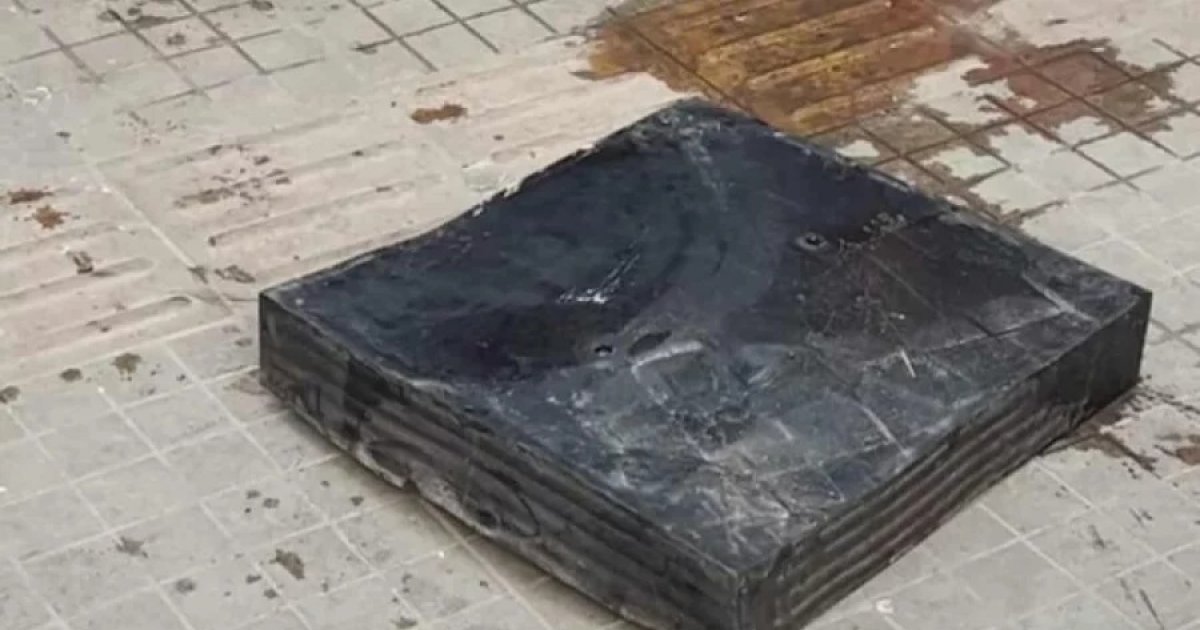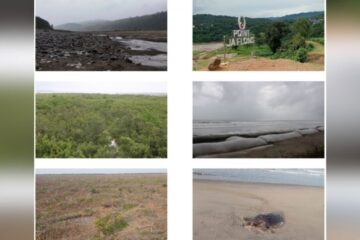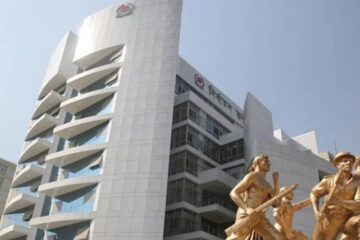Several years ago, the news of the death of a person after a tree branch fell on the head after a storm left me rattled.
The victim was heading home in a rickshaw and when the three-wheeler was passing the tree, the branch fell.
Just a day earlier, a young man at the height of his life with two kids and a loving wife died when a part of the metro rail system fell on his head.
Negligence vs bad luck
Time and again I have gone back to the newspaper story with images of the man lying on the pavement, the part where he sustained the injury blurred to avoid causing distress to others.
In Bangla, we have a long standing saying — ek second er nai bhorosha — which, roughly translated into English, comes to, a second hangs us between life and death.
Well, for Abul Kalam, who died due to the accident, the old saying applies to the letter.
Freak accidents happen most when proper attention is not given to situations, which have danger signals written on them.
Goes without saying, something heavy falling from the metro rail structure so early after its construction certainly needs immediate probe. If this had been an old structure, the falling of a section would have made some sense.
Earlier this year, in Chittagong, a seven-month old child died after the rickshaw carrying the baby and the mother fell into an open drain during heavy rainfall.
If one takes the weather into consideration, it’s an accident, but when we take the open drain into the equation, it becomes negligence because an open sewer is but a disaster waiting to happen.
Later in the year, in July, another baby fell into an open drain in Halishahar and was taken away by the forceful current. The lifeless body was discovered later by firefighter divers.
It’s well known that many parts of the port city go under water after heavy rainfall just like Dhaka, but the difference is that, in Chittagong, there are large open drains and sewers which become veritable death traps after rainfall.
As opposed to those who died, there are countless people who sustain severe injuries that are not reported in the press.
Simple warning signs can reduce harm
The reality of life is that any repair-related work takes time either for bureaucratic rigmarole or due to the lethargic approach of the authority in question.
But if signs are placed with visible danger markings in fluorescent colour, much of the damage can be minimized.
The Hatirjheel road, until last week, had ditches at three points, which did not have any markings, either in signs or with the rudimentary use of tree branches. As a result, bikers and cars often fell into them after dark.
Two of the ditches have now been fixed while a third one is semi repaired.
In the almost one month period when these pot-holes were left unattended, countless vehicles experienced the rude bump. Even if someone was injured, it did not make it in the papers.
The motorized three-wheeler threat
For Dhaka residents, the current danger, as many would agree, is posed by motorized rickshaws, which I sometimes humorously refer to as rockets.
Since time is money, this form of transport will be needed and I am all for a regulated use of the motorized three wheelers.
Unfortunately, many of these currently plying the streets have serious design and mechanical flaws.
Firstly, turning a traditional three-wheeler into a motorized one by simply fixing a motor underneath is dangerous because these rickshaws lack the balance. Since the speed control is still at its infancy, chances of accidents go up considerably. The newer motorized three wheelers, longer in shape and lower in height are safer.
While the motorized three wheelers dominate the roads and are the next generation of convenient transportation, the relevant authorities must set out a design that looks at all safety issues while forbidding the transforming of traditional rickshaws into motorized ones.
Another potential hazard is the absence of safety nets at large shopping malls. I visit the Bashundhara Mall regularly, and while the mall is one of the best in the country, the glaring safety concern is the non-existence of safety nets after every three or four floors.
An accident hasn’t happened here as yet but if two safety nets are placed four floors apart, the security issue will have been addressed.
We can do our best to minimize freak accidents but the truth is they will happen. Just yesterday, a person died in Washington, USA, when a tree fell during a Halloween event.
Everything said and done, such accidents can be minimized once we look at possible perils deeply. If a solution is not possible then at least provide warning signs.
If the municipal authority places warnings after a swift survey of the city, a lot of unnecessary injuries can be prevented. As a starter, large signs should be at all intersections and u-turns.
The death of Abul Kalam due to the falling metro rail part is acutely distressing. As a gesture of compassion, the Metro rail authority may offer employment to his widowed wife.
Towheed Feroze is a former journalist.



